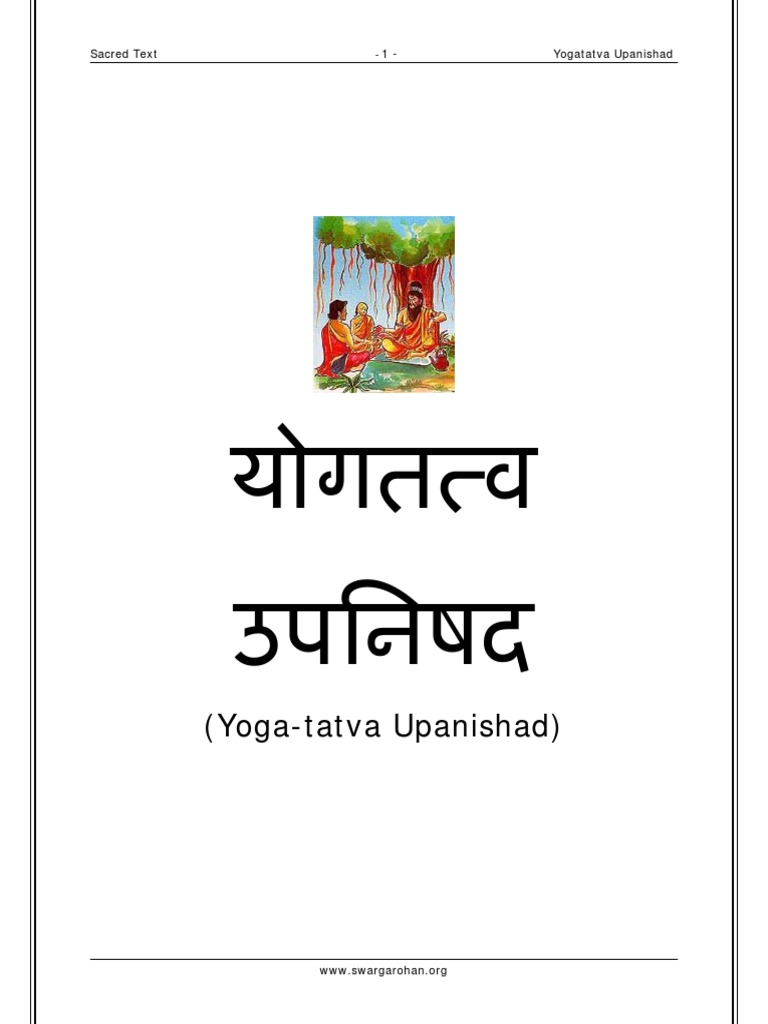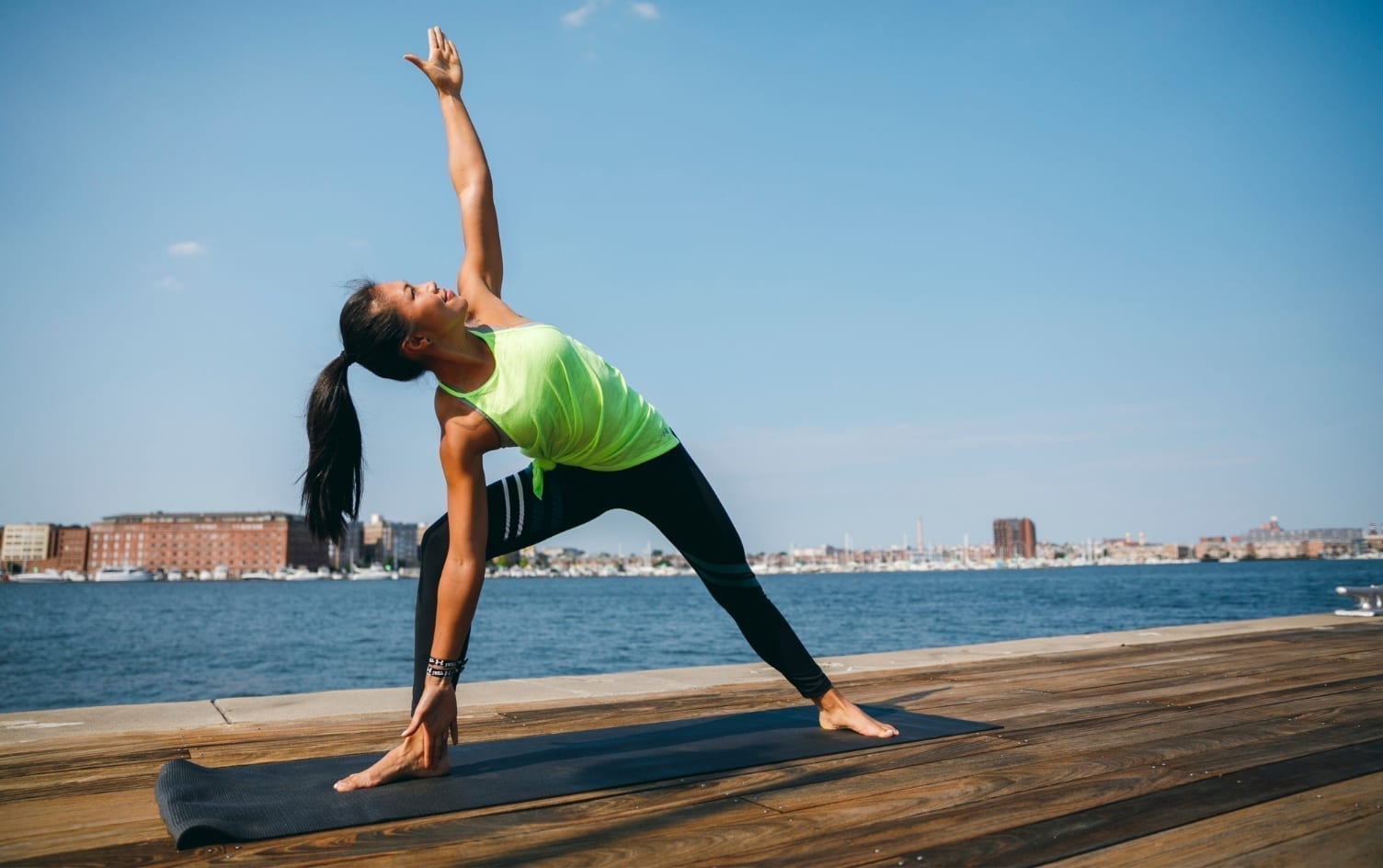
Yoga has many benefits, and yoga isn't just for athletes. Yoga can also be helpful for those with chronic illnesses like diabetes, high blood pressure, or high cholesterol. Yoga poses not only improve cardiovascular health but also reduce stress and increase circulation. Find out more about yoga's connection to your heart health and the specific benefits it offers. The following are just a few of the many benefits of yoga for your heart. Keep reading to discover how yoga can help you prevent heart disease and stay healthy.
Pranayama (a series of exercises that allow for immediate relaxation) is one of Yoga's most important components. Anulom Vilom is a technique that cleanses the nerves and Alternate Nostril Breathing is one example. Yoga for the heart should be done correctly with guidance from a Yoga instructor. You should also make sure that you eat a healthy diet.
Yoga is also known for its ability to lower stress levels. Although many people believe it can reverse or prevent heart disease, there are others who claim it has no benefits. No matter what style of yoga you practice, it is important that you follow the recommended sequence. The British Heart Foundation recommends that people try to complete a minimum of five yoga asanas each day. The most relaxing postures are those that allow you to relax your body and mind.

The second benefit is that yoga improves your heart health. Yoga has a positive effect on cardiovascular health. It reduces inflammation and promotes better circulation. This is why it is so important to exercise regularly. As long as you can do a few minutes a day, the benefits will become apparent. Don't let this discourage you if you don’t have the opportunity to exercise every day. It is vital for a healthy heart.
Yoga is known to increase LVEF, lipids, as well as hyperglycemia. It can help lower the risk for atrial fibrillation and other heart diseases. Yoga is a great way to strengthen your heart. Your heart health is important to you, and it is possible to improve it by practicing it. But, be aware that there are risks associated with this exercise.
You will be able lower your stress levels by practicing yoga. A lower stress level can help improve your cardiovascular health. It's important to decrease it. Yoga is a wonderful way to relax and decrease stress. However, it's important to keep fit and follow the directions of a certified yoga instructor. This way, you'll be more likely to maintain a regular practice of yoga. Even if you do it only for a few moments each day, it will have a positive impact on your heart health.
Yoga can help improve your cardiovascular health. Yoga reduces your blood pressure. It also improves your heart endurance and efficiency. It also lowers your blood pressure. Yoga is a great way to prevent heart disease. It will improve the quality of your life. The benefits are well-worth it. Don't delay in starting to practice yoga. It's amazing how quickly you will notice the benefits of yoga for your health.

According to the American Heart Association, 30 minutes of moderate to vigorous physical activity five days a week is recommended. Yoga will help improve your cardiovascular health. Additionally, yoga will make you more relaxed and reduce stress. You can keep your blood pressure under control by practicing yoga. Yoga practice will increase your energy. This is one benefit of having a healthy heart. Yoga will relax you and help you live a healthier, longer life.
Other benefits of yoga include reducing stress, insomnia, and depression. It can help you to manage anxiety and depression. An 2004 study showed that regular yoga sessions could reduce mild depression symptoms. A study found that yoga practice resulted in improved mood and lower fatigue among participants. The study also found that participants had lower levels of stress hormones, which was a significant benefit. While the benefits of yoga are obvious, they can help with other aspects of your life as well.
FAQ
What is the best way lose weight?
Losing weight is easier said than done. Many people give up because they don’t know what else to do.
However, there are some simple steps that you can take to shed those extra pounds.
You must first ensure that you are consuming fewer calories than what you burn. If you consume more calories than what you burn, you will gain weight.
For all of those extra calories to be burned, it is important that you exercise regularly. You can choose from different types of exercises, including jogging, walking, cycling, dancing, etc.
Third, you need to stop drinking alcohol and smoking cigarettes. These habits can cause you to consume more calories that you would otherwise.
Fourth, you should cut back on junk food. You can replace them by healthier choices such as fruits, vegetables or lean meats.
Fifth, you should change your lifestyle to adopt new habits. For example, you may need to get up early every morning to exercise before work.
Sixth, it is important to be disciplined about your diet and follow it.
Lastly, you can join a gym or attend an aerobics class to burn those excess calories.
You'll quickly start to notice results if you follow these simple tips.
Which is the best order to exercise?
It all depends what you want. You should start with heavy weights if your goal is to build muscle mass. Then you can move to cardio. Next, if you're looking to lose weight then switch to strength training.
Cardio can be done if you want to just lose fat. Next, add strength training.
Then if you want to gain muscle mass, do cardio last because it stimulates growth hormones which help build muscle mass.
Eat before you go to the gym. This will fuel you muscles better, which will make it work harder. It will also make you feel more energetic during your workouts.
Do I have the obligation to exercise every day or just on occasion?
No! Get at least 30 minutes of moderate-intensity physical activity 5 days a week. It means you need to exercise hard enough or walk fast enough that you are slightly out-of- breath.
Is Cardio Exercise Good Or Bad For Your Health?
Cardiovascular exercise can have many benefits. It increases blood circulation, strengthens the heart muscle, boosts stamina, aids in weight loss, and gives you more energy.
Cardiovascular exercise includes running, biking, hiking, swimming, tennis, basketball, soccer, volleyball, football, etc.
Cardio exercises should be avoided at high intensity levels. This could lead to injury.
Only do the cardio exercise when you are feeling good.
Do not push yourself to the limit. If you do, you might injure your self.
When you engage in cardiovascular exercise, it is best to warm up first. Next, increase your intensity gradually.
Listen to your body. If you feel pain while performing cardiovascular exercise, it is important to stop immediately.
It is also advisable to rest after a cardiovascular workout. This allows your muscles to recuperate.
Cardiovascular exercise is essential for losing weight.
It is the best method to lose calories and reduce belly weight.
Statistics
- Are You One of the 20% of Guys (mh.co.za)
- According to the American Academy of Dermatology (AAD), men over 50 are at a heightened risk of developing it. (healthline.com)
- The PRS enabled risk stratification for overall prostate cancer and lethal disease with a four-fold difference between men in the highest and lowest quartiles (HR, 4.32; 95% confidence interval [CI], 3.16-5.89). (pubmed.ncbi.nlm.nih.gov)
- An estimated calorie range for moderately active adult males falls between 2,200 to 2,800 calories per day, depending on age. (eatright.org)
- 10 pounds in a month is likely during a lean bulking phase, especially for beginners. (muscleandstrength.com)
External Links
How To
How can a man get fit in 30 days?
Breaking down your fitness goals into smaller, more manageable steps is the best way for you to reach your fitness goals.
It is important to work towards your goal every day. This could mean anything from doing 10 pushups for 5 minutes to running 3km.
Positive results will be achieved if you do this consistently over time.
The key thing here is consistency. You must persevere until your success is achieved.
What is the main difference between Aerobic Fitness or Anaerobic Fitness
Anaerobic fitness is the ability to do intense physical work without oxygen. Anaerobic pathways are used to give our bodies enough energy to perform high-intensity exercise. Anaerobic pathways include glycolysis, creatine phosphate, the phosphagen, lactic acid, etc.
Contrary to that, aerobic fitness is the ability to sustain low-intensity exercises for a long time. The primary source of energy for aerobic exercise is oxygen. The aerobic pathway is more efficient than the anaerobic.
To run a marathon you need to first increase your aerobic capacity. If you don't focus on increasing your aerobic capacity, you will not be able finish the race.
Aerobic fitness also refers to cardiovascular fitness. The most common methods of determining cardiovascular fitness are step tests and VO2max testing.
VO2 Max Testing
VO2 max refers to the maximum amount of oxygen (O2) used by the body during exercise. This test measures the amount O2 that the body can use when exercising.
This is one of the most accurate tests to measure cardiovascular fitness. The test is difficult to administer because it requires expensive equipment.
Step Tests
Step tests are an easy but powerful way to determine your cardiovascular fitness. Based on your age and weight, they involve running or walking on a track or treadmill for a specified time.
These tests are inexpensive, easy to conduct, and can be done almost anywhere. You could, for instance, run on a treadmill for two minutes, rest for one minute, and then go back to the starting point for 20 minutes. Throughout the session, your heart rate should be within a certain range.
This method is known as the "Bruce Protocol". Bruce, himself a runner, created this protocol after realizing that he would not feel his heart rate increase when running longer distances.